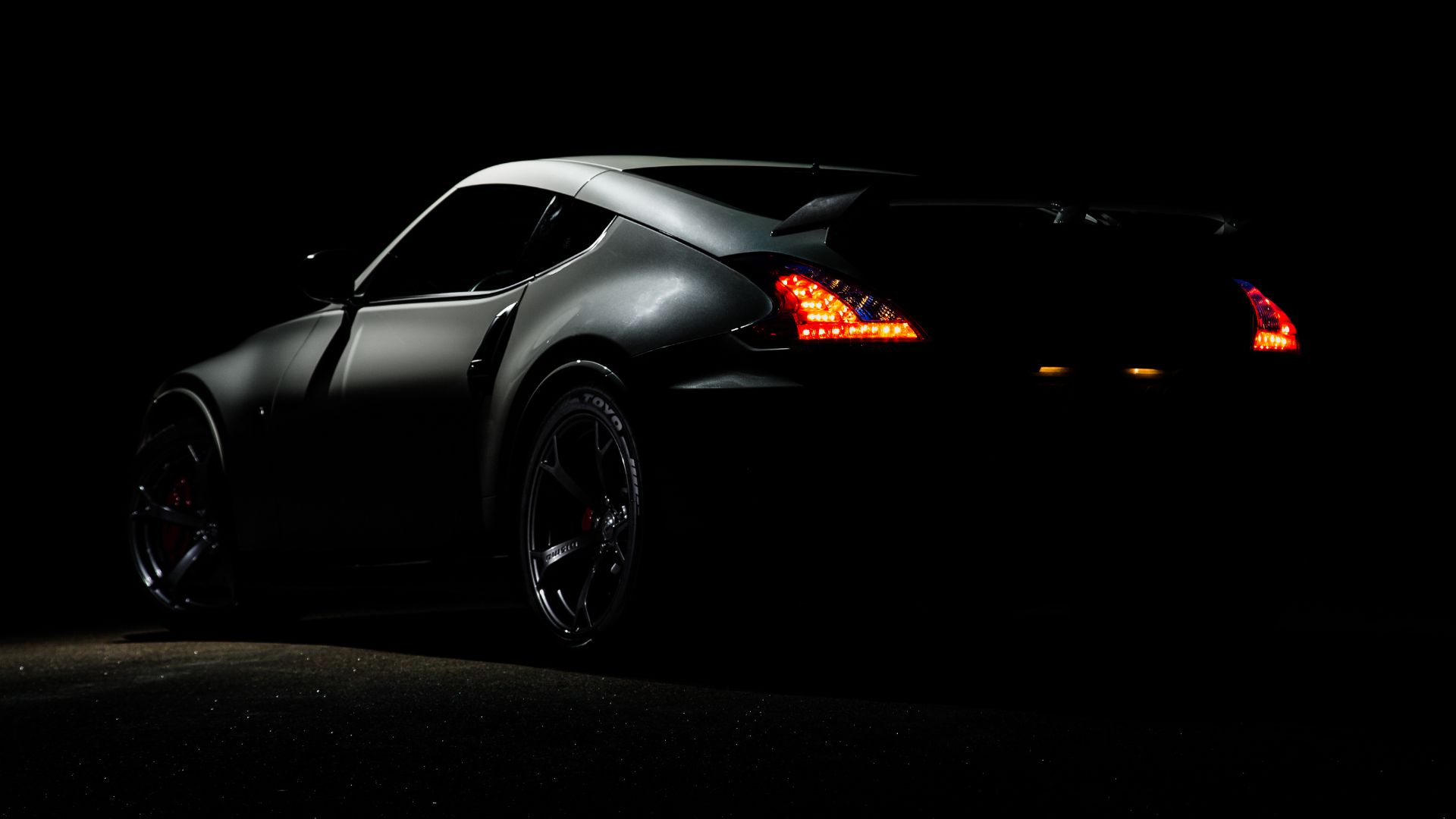Have you ever wondered about the stories behind the iconic logos of your favorite sport car brands? As a car enthusiast, I’ve always been fascinated by the design elements and symbolism incorporated into these logos. From the sleek lines of Ferrari’s prancing horse to the bold emblem of Lamborghini, each logo tells a unique tale of speed, power, and luxury.
I’ll delve into the world of sport car logos, exploring the history, evolution, and hidden meanings behind some of the most recognizable symbols in the automotive industry. Whether you’re a fan of Porsche’s crest or Aston Martin’s winged insignia, there’s no denying the impact these logos have on the identity and reputation of each brand. Join me on a journey through the fascinating world of sport car logos, where design meets performance in the most stylish way possible.
Sport Car Logos
Understanding the Brand Heritage
Exploring the heritage of sport car brands unveils a rich tapestry of tradition, innovation, and excellence. These logos are more than mere symbols; they represent a legacy of performance and style that defines each brand. From the racing tracks of the past to the cutting-edge technology of today, sport car logos encapsulate the spirit of speed and precision that enthusiasts worldwide admire.
Key Design Changes Over the Years
Over time, sport car logos have undergone subtle yet significant design changes that reflect the evolution of each brand. From sleek lines to bold typography, every element of these logos has been meticulously crafted to resonate with the changing tastes and trends in the automotive industry.
The Psychology Behind Sport Car Logo Design
Color, Shape, and Symbolism
When it comes to sport car logos, everything from the colors used to the shapes and symbols incorporated plays a crucial role in conveying a brand’s identity. Colors like red, symbolizing energy and passion, are commonly seen in sport car logos to evoke a sense of power and speed. On the other hand, black signifies sophistication and luxury, often used by high-end brands to create a sense of exclusivity.
The shape of a logo can also impact how it is perceived by consumers. Sharp angles and bold lines represent strength and dynamism, reflecting the performance-driven nature of sport cars.
The Impact on Consumer Perception
Sport car logos are more than just visual representations; they are powerful tools that shape consumer perception and influence purchasing decisions. A logo that conveys speed, power, and luxury can evoke a sense of excitement and aspiration in potential buyers, creating a desire to be associated with the brand.
Iconic Sport Car Logos and Their Meanings
Symbolism Behind Ferrari’s Prancing Horse
Exploring the Ferrari logo, the prancing horse symbolizes power, speed, and excellence. The horse was painted on the fighter plane of Francesco Baracca, an Italian World War I ace pilot, symbolizing good luck. Enzo Ferrari, the founder of the company, adopted this logo to bring good luck to his racing team. The iconic black prancing horse on a yellow background embodies the legacy and heritage of Ferrari, evoking a sense of passion and performance.
The Story of Lamborghini’s Bull
Lamborghini’s logo features a raging bull, representing strength, power, and determination. Inspired by Ferruccio Lamborghini’s zodiac sign, Taurus, the bull emblem symbolizes the founder’s bullish personality and relentless pursuit of perfection. The golden bull on a black background signifies luxury, elegance, and dominance in the automotive world. Lamborghini’s logo reflects a blend of tradition, innovation, and Italian craftsmanship.
Porsche’s Crest and Its Historical Significance
The Porsche crest, designed in 1952, embodies the heritage and values of the brand. The logo features a black horse rearing on its hind legs, derived from the city of Stuttgart’s coat of arms in Germany. The red and black stripes in the logo pay homage to the Kingdom of Württemberg, where Stuttgart is located. The Porsche crest symbolizes uniqueness, sophistication, and a commitment to excellence in engineering and design.
